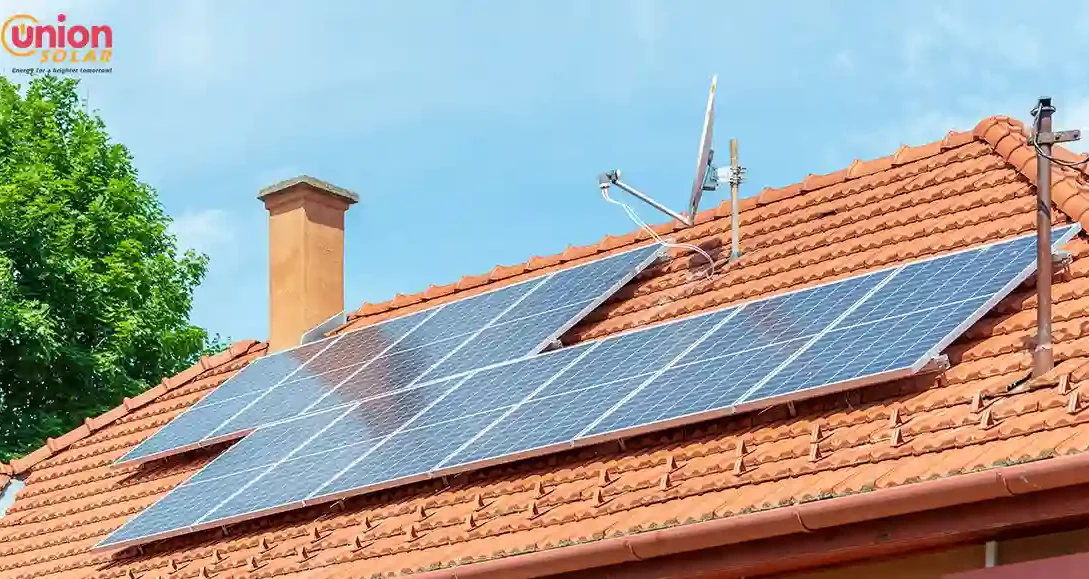In an era marked by increasing climate-related disasters and unpredictable weather patterns, disaster resilience has become a critical concern for individuals, communities, and governments worldwide. Solar panels, which harness the power of the sun to generate electricity, have emerged as a valuable asset in disaster preparedness and recovery efforts. In this article, we will explore the role of solar panels in disaster resilience, drawing insights and lessons from real-world experiences.
Solar Panels: A Reliable Source of Emergency Power
One of the most immediate and practical advantages of solar panels in disaster resilience is their ability to provide a reliable source of emergency power. When traditional electricity grids fail due to natural disasters, solar panels can continue generating electricity as long as the sun is shining. Here are key lessons and examples that highlight this crucial role:
Hurricane Maria in Puerto Rico:
Hurricane Maria, which struck Puerto Rico in 2017, left the island’s electrical grid in ruins. In the aftermath, solar panels played a vital role in providing emergency power to hospitals, schools, and community centers. Solar installations that included battery storage were particularly effective, as they could store excess energy for nighttime use or cloudy days.
California Wildfires:
California’s frequent wildfires pose a significant threat to the state’s power infrastructure. Solar panels equipped with microgrids and energy storage systems have helped residents and critical facilities maintain access to electricity during wildfire-induced power outages. These systems are designed to disconnect from the grid when necessary, ensuring safe and continuous power supply.
Texas Winter Storms:
In February 2021, severe winter storms caused widespread power outages in Texas. Homes with solar panels and energy storage systems were better equipped to endure the crisis, as they could tap into stored solar energy when the grid was unavailable. These systems also supported heating and critical appliances during the freezing temperatures.
Solar-Powered Emergency Response
Beyond providing power to individual households, solar panels have proven instrumental in supporting emergency response efforts during and after disasters. Here are lessons from the field:
Mobile Solar Stations:
Mobile solar stations equipped with solar panels and battery storage systems can be rapidly deployed to disaster-stricken areas. These stations can power medical clinics, communication centers, and emergency shelters, ensuring that critical services remain operational.
Solar-Powered Water Purification:
Access to clean drinking water is a primary concern in disaster-affected areas. Solar-powered water purification systems can be deployed to provide communities with safe drinking water, reducing the risk of waterborne diseases.
Emergency Communications:
Solar-powered communication systems, such as satellite phones and radio transmitters, are essential for coordinating disaster response efforts when traditional communication infrastructure is compromised.
Sustainability and Long-Term Recovery
Solar panels also play a vital role in the long-term recovery and sustainability of disaster-affected regions. Here are lessons on how solar energy contributes to rebuilding and resilience:
Energy Independence:
Solar panels empower communities to become more energy-independent, reducing reliance on centralized power grids that may be vulnerable to future disasters. By generating their electricity, communities can enhance their resilience against power outages.
Economic Benefits:
Investing in solar infrastructure during the recovery phase can stimulate local economies by creating jobs and supporting the growth of the renewable energy sector. Additionally, reduced energy costs can free up resources for other recovery efforts.
Carbon Emissions Reduction:
Solar energy is a clean and renewable resource that helps reduce carbon emissions. Incorporating solar panels into the recovery process aligns with sustainability goals and contributes to a more resilient and environmentally responsible future.
Community Microgrids:
Establishing community microgrids powered by solar panels and energy storage can ensure that critical facilities, such as hospitals and emergency shelters, have access to uninterrupted power during disasters. These microgrids can also serve as safe havens for vulnerable populations.
Challenges and Considerations
While the benefits of solar panels in disaster resilience are evident, several challenges and considerations must be addressed to maximize their effectiveness:
Cost and Accessibility:
The upfront cost of solar panel installations can be a barrier for individuals and communities with limited financial resources. Initiatives to make solar technology more affordable and accessible are essential.
Maintenance and Durability:
Solar panels and related equipment must be well-maintained to ensure their functionality during disasters. Proper maintenance and regular inspections are necessary to prevent system failures.
Storage Capacity:
Solar panels alone may not be sufficient to provide power during the night or extended cloudy periods. Incorporating energy storage solutions, such as batteries, is critical for continuous power supply.
Grid Integration:
Integrating solar panels into existing power grids requires careful planning and coordination. Compatibility with grid infrastructure is essential to prevent disruptions.
Community Engagement:
Educating communities about the benefits of solar energy and disaster resilience is crucial. Outreach efforts should address misconceptions and provide guidance on installation, maintenance, and safety.
Conclusion
Solar panels have emerged as a valuable tool in disaster resilience, offering reliable emergency power, supporting response efforts, and contributing to long-term recovery and sustainability. Lessons from real-world experiences demonstrate their effectiveness in mitigating the impacts of climate-related disasters and enhancing the resilience of individuals and communities.
As the world grapples with the increasing frequency and severity of natural disasters, harnessing the power of solar energy represents a critical step toward building more resilient and sustainable societies. Investments in solar infrastructure, coupled with effective planning and community engagement, will play a pivotal role in safeguarding our communities against the challenges posed by an unpredictable climate future.








